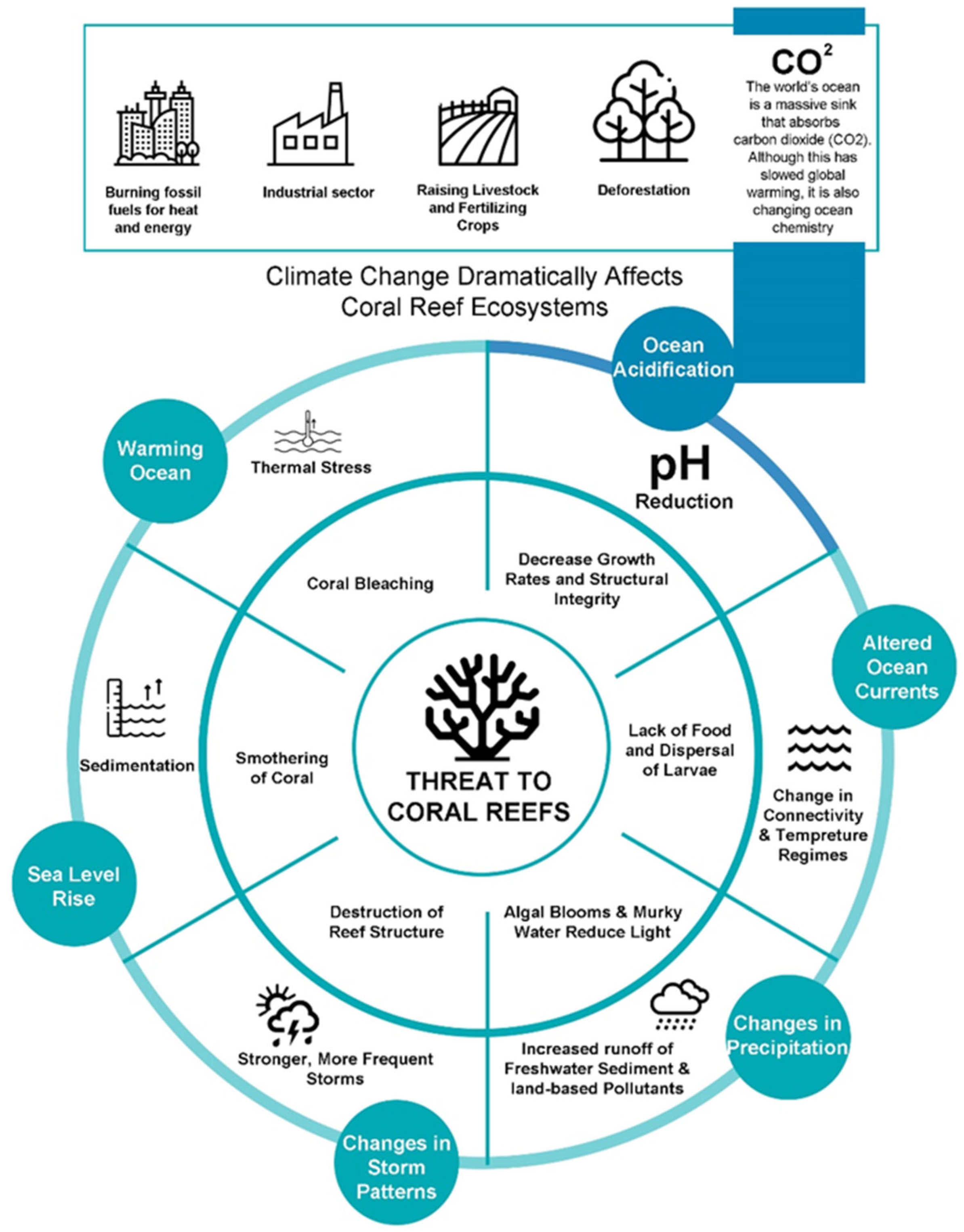Impact of Deforestation on Honduras’ Ecosystem
Deforestation in Honduras has had a profound impact on the country’s rich and diverse ecosystem. As one of the most biologically diverse countries in Central America, Honduras is home to a wide array of plant and animal species that are directly threatened by the ongoing deforestation activities.
The Environmental Consequences of Deforestation
Deforestation in Honduras leads to habitat loss, which directly impacts numerous species, including endangered ones like the green macaw and the jaguar. Additionally, it disrupts the delicate balance of the ecosystem, leading to soil erosion, disrupted water cycles, and increased greenhouse gas emissions.
Promoting Sustainable Practices and Conservation Efforts
Addressing deforestation in Honduras requires a multi-faceted approach that involves promoting sustainable forestry practices, enforcing stricter regulations on logging activities, and investing in conservation efforts to protect crucial habitats and biodiversity.
The Importance of Biodiversity Preservation for the Future
Preserving the biodiversity of Honduras is not only essential for protecting its unique ecosystems but also for ensuring the long-term sustainability of the country’s natural resources. By safeguarding its forests and wildlife, Honduras can maintain its ecological balance and support the well-being of both its environment and people.
Rising Storms: A Growing Threat in Honduras
In Honduras, the escalating frequency and intensity of storms pose a significant and escalating threat to both human lives and infrastructure. As climate change disrupts traditional weather patterns, the vulnerability of this Central American nation to extreme weather events is becoming increasingly apparent.
Honduras faces a dual challenge: it is one of the most climate-vulnerable countries in the world while also ranking as one of the poorest nations in the Western Hemisphere. The combination of environmental susceptibility and limited resources exacerbates the impacts of storms, leading to extensive damage and loss.
The devastating effect of hurricanes like Eta and Iota in 2020 vividly underscores this threat. These back-to-back Category 4 hurricanes brought catastrophic flooding, landslides, and widespread destruction, displacing thousands of Hondurans and causing immense economic setbacks.
Furthermore, the geographical location of Honduras, with coastlines along the Caribbean Sea and the Pacific Ocean, makes it a prime target for tropical storms and hurricanes that form in these warm waters. The country’s mountainous terrain further increases the risk of landslides and flash floods during heavy rainfall.
Addressing this growing threat requires a multi-faceted approach involving climate resilience strategies, infrastructure improvements, early warning systems, and community preparedness efforts. International cooperation and financial support are crucial to bolster Honduras in building resilience against future storm impacts.
Economic and Social Costs of Environmental Changes
Environmental changes can have far-reaching consequences on both the economy and society, impacting various aspects of life. One significant economic cost is the financial burden of dealing with environmental damage, such as cleanup efforts after natural disasters or health expenses due to pollution-related illnesses. These costs can strain government budgets and affect businesses, leading to economic instability.
On a social level, environmental changes can disrupt communities, displacing populations due to natural disasters or causing conflicts over scarce resources like water or arable land. Such disruptions can result in social unrest, migration pressures, and even heightened tensions between different groups competing for resources.
Common Pitfalls to Avoid
When discussing the economic and social costs of environmental changes, it’s crucial to avoid oversimplifying complex issues or solely focusing on short-term impacts. Be wary of neglecting the interconnected nature of economic and social systems, as well as the long-term consequences of environmental degradation on vulnerable populations. Make sure to provide a balanced perspective that considers both immediate costs and the broader social implications of environmental changes.
Strategies for Mitigating Climate Impact in Honduras
Breaking Down the Headlines
With the increasing threat of climate change, Honduras faces a pressing need to implement effective strategies for mitigating its climate impact. These strategies range from reforestation efforts to sustainable agriculture practices and renewable energy adoption.
The Bigger Picture
Honduras is highly vulnerable to the effects of climate change, including extreme weather events and rising sea levels that threaten coastal areas. By focusing on climate-resilient infrastructure, biodiversity conservation, and community engagement, Honduras can enhance its adaptive capacity and reduce environmental risks.
What This Means Going Forward
Implementing robust climate mitigation strategies in Honduras is crucial for safeguarding its environment, economy, and population. By investing in green technologies, policy coherence, and international partnerships, Honduras can pave the way for sustainable development and resilience in the face of climate change challenges.
